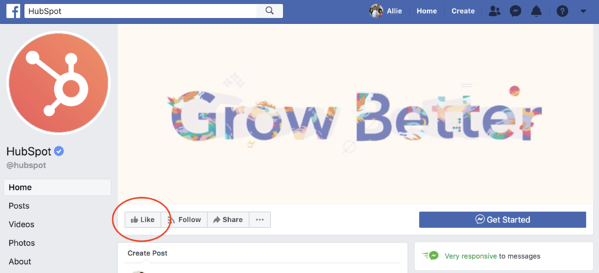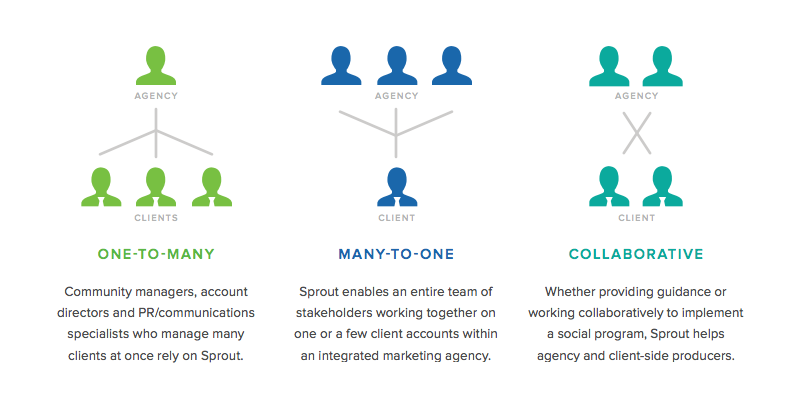
There are several ways to define the role of a digital marketer. It is important to create a process map, a Gantt diagram, and assign management leads to different groups. To account for different inputs, it is a good idea to have multiple versions. Below we'll discuss the most important aspects that a digital marketer must know. Continue reading to learn more. The role of the digital marketers is essential to creating a successful digital marketing plan.
Digital marketer: Analyzing data
A digital marketer must learn how to analyze data and make the right decision. Without knowing what you are trying to achieve, you might be making incorrect assumptions, or even worse, wasting time and money on unproductive tactics. It is important to determine the problem and establish KPIs to measure progress. The key is to identify the problem and then determine what actions you should take. You will be more likely, based on this data, to make smart decisions and achieve your business goals.
Marketing analytics can help you find which tactics work for your business. By using this information, you can improve your marketing efforts and ultimately generate more revenue. It is essential for every marketer to understand how to use data to improve their strategies and identify areas of improvement. By utilizing marketing analytics, you can determine how your efforts are impacting the market and decide on the next course of action.

Digital marketer communicating with stakeholders
Digital marketing requires communication with all stakeholders. Although you may not interact with them directly, you need to communicate your thoughts and vision to others, including clients and coworkers. As a leader of a team, you need to have a clear message and understand how to communicate it. There are many ways you can communicate effectively and reduce the possibility of miscommunication.
Take a look at how different stakeholders will respond to your message. Are they immediately supportive of your message? Are they supportive at all? Are they supportive or opposed? What are their concerns? Are you able to solve their concerns? If they are, then develop a solution for them and make them aware of your cause. If you don’t know the solution to their problem, create a list and identify their roles.
The development of a business plan
It is easy to develop a business case for a digital marketer. But there are key points you should remember. First, remember that the CFO/MD may be busy and have many other priorities. The business case for digital marketing strategy should be concise and compelling. It's likely too complicated to be broken down on a single page.
Tools used by a digital marketer
A digital marketer uses a variety of tools to increase the effectiveness of their marketing efforts. These tools allow them to connect with their audience at just the right place and time. Whether you are working from home, at a corporate office, or in the public realm, there are digital marketing tools to suit your needs. They can help with planning, scheduling, and publishing your content in a manner that achieves the desired results. The best tools will bring results to your business so they are worth the investment.

Email marketing is one of the most common marketing channels, and lead generation tools help digital marketers reach potential customers. It's easy to generate leads with the right marketing tools. Email solutions make it easier to generate leads. They can help you create and manage lists, improve deliverability, build offer campaigns, and break down customer data. Email marketing is a powerful tool that many marketers use as part of their daily work routine.
FAQ
What is content marketing's main goal?
Content marketing is all about providing customers with valuable and relevant information. This should be done through different channels such as email campaigns, blog articles, white papers, etc. Your audience should be able to see the value you are providing.
How can you create a content marketing strategy that is effective?
To create an effective content marketing plan, first, determine what kind of content you want to produce. Next, you need to identify who your target market are and how they use Internet. Next, determine which channels are most effective in reaching your target market. Finally, choose the right keywords for each channel and write compelling copy for each piece of content.
What is Content Marketing?
A visitor to your site is searching for something in particular. It's great if they find exactly what they want. If not, they will leave the site and look elsewhere. With content marketing, you create useful and helpful information that answers questions, solves problems, and provides value. This content can be used across all platforms (social media and email). You can use this content across all platforms (social media, email, etc.) so that people always have access.
What is Content Marketing Strategy?
Content Marketing Strategy provides you with access to data you don't normally have. This data allows to identify which types and content perform well.
It allows you to identify the most effective strategies to drive more visitors to your site. It gives you insight into your audience to help you develop better content.
This means you can spend less time worrying about what kind of content works and more time focusing on what doesn't.
A Content Marketing Strategy also helps you analyze what messages resonate most with your audience.
Analyzing these messages will help you determine what content your customers prefer. You can then create similar content and continue to develop your successful ideas.
A Content Marketing Strategy can help you track the performance of your content. As you continue sharing different content types, you can easily see which ones convert better.
In short, a Content Marketing Strategy is the key to ensuring your content performs as intended.
What's the difference between content creation and content marketing?
Content marketing is a way to ensure that every brand has the same message. They are consistently delivering valuable information that people want and need.
Content marketers are skilled at creating the right content for every channel and time.
They also have the ability to devise a plan for distribution and promotion.
This means that they strategically think about what they do, and why it matters.
This core skill is essential for a content marketer to succeed.
What length should my content marketing last?
It all depends on what your goals are. Different businesses have different goals. Some are focused on short-term results while others seek long-term growth. We recommend three months of consistent content generation and then reevaluating the process after that period.
Statistics
- This marketing strategy landed Ford a 15.4% conversion rate. (neilpatel.com)
- Content marketing produces 3X more leads per dollar spent. Content marketing costs 62% less than traditional marketing. (criteo.com)
- Forty-seven percent of buyers view 3 to 5 pieces of content before engaging with a sales representative. (mailchimp.com)
- According to research compiled by Coschedule: Companies that publish 16+ blog posts a month get as much as 3.5x as much traffic as those that publish 0-4 posts a month. (criteo.com)
- To further show the importance of this, 89% of people have stopped doing business with a company because of a poor experience. (neilpatel.com)
- Seventy-two percent business to business (B2B) (mailchimp.com)
- In fact, would pay more for a better customer experience, and 86% of B2B buyers would pay more. (neilpatel.com)
- Progress indicators (0–100%) allow each team member to see how attainable each goal is and understand what remains to be accomplished. (semrush.com)
External Links
How To
Content Marketing Tips: Infographic Creation Tips
Infographics can be a great way to simplify complex concepts and make it easy to understand. You should use infographics to spread the message about content marketing.
To create an infographic using design software such Adobe Illustrator, Photoshop or other similar programs, you will need Adobe Illustrator. These programs allow you to create infographics by drawing different shapes and elements. You can then use colors and fonts for your data. After your design is complete, you can upload images from Unsplash and Pixabay to your design.
Check out existing infographics online to get some ideas. You could use a photo of a food pyramid to show the calories in particular foods. Then, replace those numbers with photos of the foods. You could also look at the sugar content of soda pop, and then take a photo of a Coke bottle.
Once you've created your infographic, share it on social media channels like Facebook or Twitter. This helps people who aren't familiar with the concept learn about it. If you decide to post your infographic on social media platforms, include hashtags so others can see what you're talking about. Users can follow along with specific conversations using hashtags.
You can make infographics shorter if your posts are short. An average blog post can be anywhere from 2000 to 5000 words long, while an infographic only requires 500 to 1000 words. You can communicate more information in less space.
When designing your infographic, remember that some viewers may struggle to read small font sizes. Your graphics should be large enough in font size and not rely on too much color. You must also ensure that your text is easily read.
Here are some other tips.
-
Choose an Infographic Template. There are many free templates online. Canva and Piktochart are some of the most popular.
-
Create your Infographic. You can use the template to create your infographic. You can use any kind of media that you feel is appropriate for your audience. For example, creating an infographic about the best places to eat in Seattle might choose photos of local restaurants.
-
Add text. Add text once your infographic is created.
-
Add Images. Add images to your infographic. These can be pictures, charts, graphs, or icons. Make sure your picture is relevant to the topic you are adding.
-
Make it interactive. Interactive elements can include buttons, maps, or links. This will make it easier for your audience to interact with you.
-
Share. When you're done, share your infographic on social media sites like Facebook, Twitter, LinkedIn, Pinterest, and Instagram.
-
Measure. What was the performance of your infographic? Did people click through? Did they sign-up for your email address? Was your infographic received well by them?
-
Improve. Is there anything you can do to improve your infographic Could you do better next time?
-
Repeat. Repeat.